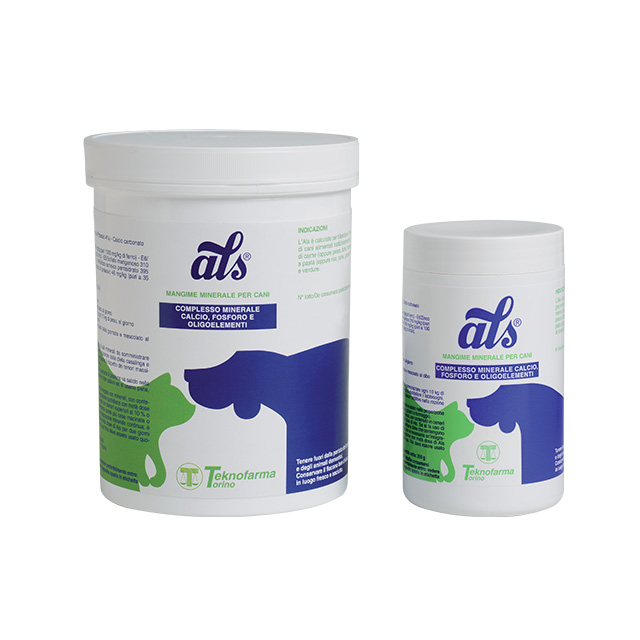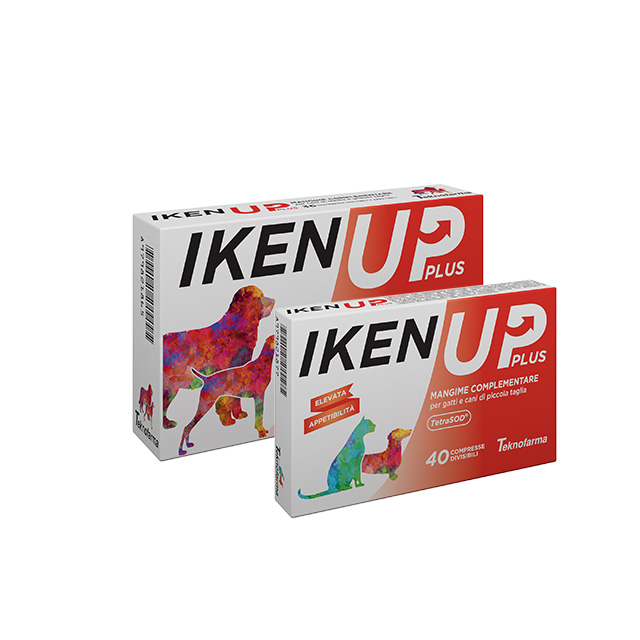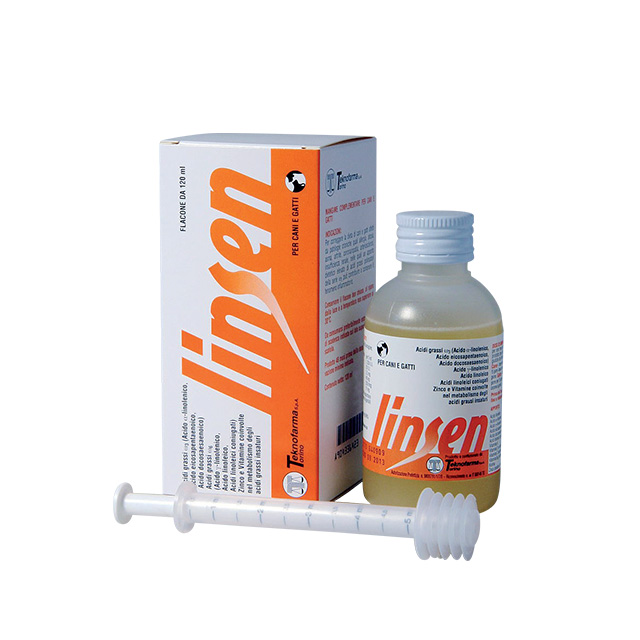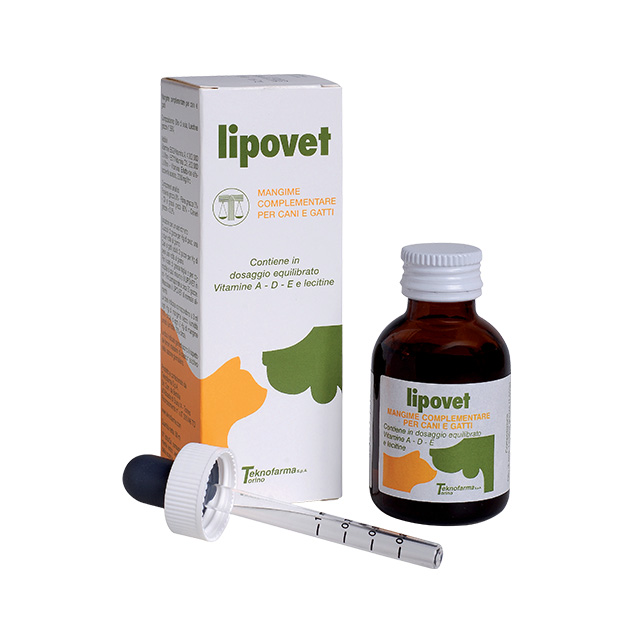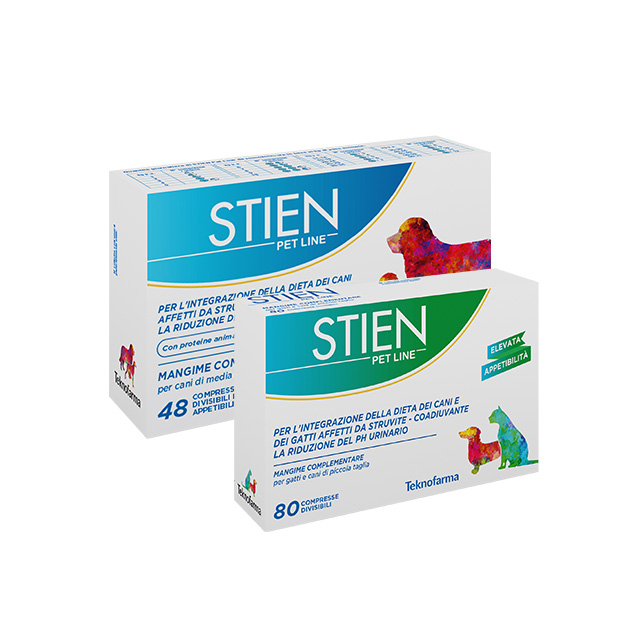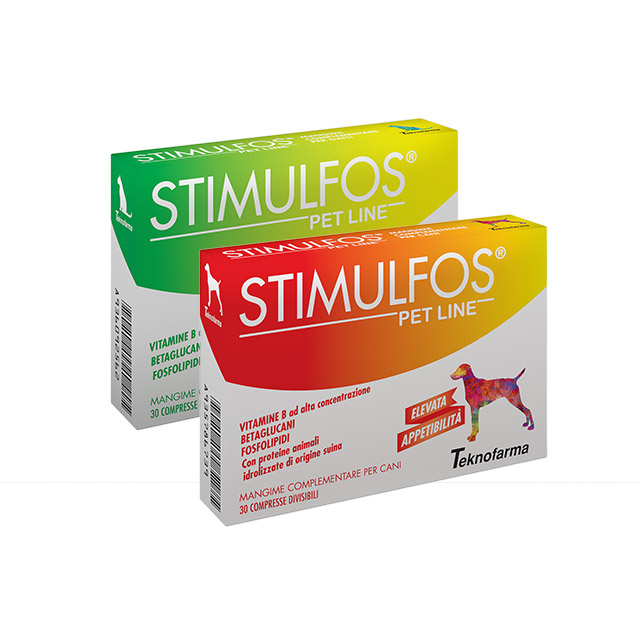Complementary feed
Guide to the use of complementary feeds for companion animals
PRODUCTS
What are complementary feeds?
Complementary feeds for dogs and cats are, by definition, compound feeds with a high content of certain substances but which, due to their composition, should be given only once a day when used in combination with other feeds (Reg. 767/2009, Art. 3.2 (j)).
Feeds intended for particular nutritional purposes also belong to this group. Thanks to their particular composition or manufacture – which clearly differentiates them from ordinary feeds – these products fulfil a particular nutritional purpose, i.e., meet the specific nutritional needs of animals whose digestive process, ability to absorb nutrients or metabolism are or are likely to be temporarily or irreversibly impaired. As a result, they may benefit from the intake of feeds designed specifically for their condition (Reg. 767/2009, Art. 3.2 (n, o)).
Why are complementary feeds useful?
Complementary feeds are used to supplement the basic daily food intake to correct any imbalances and/or deficiencies and adjust it to the animal’s nutritional needs.
What do they contain?
Complementary feeds are not all the same. They may have a different composition, in terms of quantities and quality, and may therefore be intended for different species (dogs, cats, exotic animals) and specific categories of animals (puppies, sporting dogs, elderly animals, etc.).
Their composition may include a variety of ingredients such as vitamins, amino acids, essential fatty acids, trace elements, antioxidants, prebiotics and probiotics, substances with immunomodulatory effects, and plant extracts.
In addition, they may contain flavorings to make them more palatable to animals.
In some complementary feeds, the flavoring agents are hydrolyzed animal proteins, so they can also be taken by animals with food allergies or intolerances, without the risk of itching, scratching, and gastrointestinal disorders.
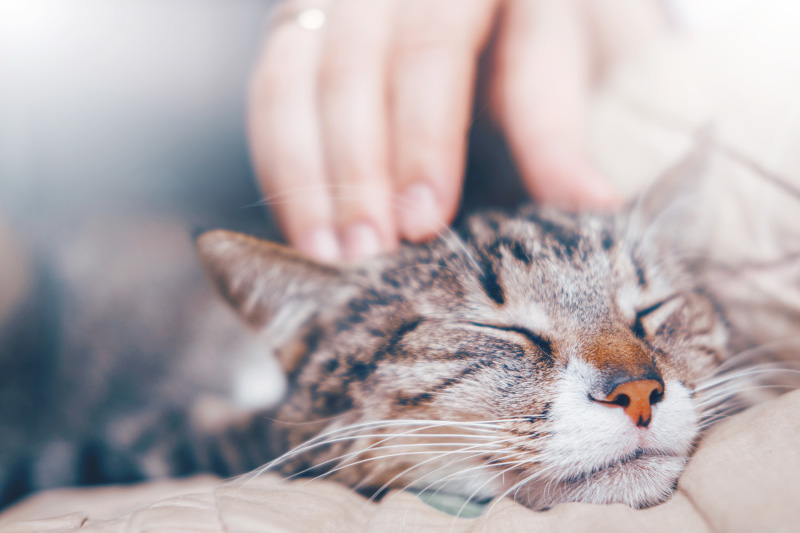
What do they look like?
Complementary feeds are available in different formulations, including:
-
tablets
-
solutions and oral suspensions
-
granulates
-
powders
-
palatables pastes
-
snack and nibbles.
When should I use complementary feeds?
Complementary feeds can be useful in the following cases:
-
paraphysiological situations, in which animals have increased nutritional needs
-
physiological situations, to promote the general well-being of the entire body or of a particular system (e.g., skin, bones and joints, stomach and intestine)
-
pathological situations, which may involve nutritional imbalances and deficiencies due to the ongoing disease.

Paraphysiological situations
Nutritional requirements are not the same for all animals; they differ from individual to individual and vary with age, health status, and physical activity.
Puppies and young growing animals, pregnant and lactating females, sporting and working animals, older and sick animals have very different, normally higher nutritional requirements (of all or only some nutrients) than a healthy adult individual.
Here are some examples of paraphysiological situations in which supplementation with a complementary feed can be of benefit.
Puppies and growing animals, as well as pregnant and lactating females, have a higher need for vitamins, essential fatty acids, and especially minerals (e.g., calcium).
Sporting and working dogs, due the intense physical exertion, tend to suffer from systemic oxidative stress, so they need a higher amount of antioxidants to counteract the damage caused by free radicals. They also have a higher need for amino acids because of the greater muscle mass.
As animals get older, they may experience nutritional imbalances: older animals may be deficient in some essential elements for the body, such as vitamins and antioxidants.
In all of these cases, the combination of a proper, balanced diet and the use of suitable complementary feeds optimizes the daily intake of nutrients, and ensures that their specific nutritional requirements are met.
Physiological situations
Complementary feeds, however, are not only useful in case of increased nutritional needs, but also in physiological situations: any healthy and properly fed animal can benefit from these products.
A wide range of supplements is available on the market: from those designed for the general wellbeing, to those that support the health of one or more systems.

Pathological situations
Finally, complementary feeds are especially useful in pathological situations, where nutritional deficiencies and imbalances, immunodepression, and other organic changes resulting from disease may be present.
It should be noted that complementary feeds are not the solution to the disease but, if properly combined with standard therapy, can help to achieve a quicker resolution of the pathological process or, if nothing else, can help prevent a worsening of the clinical picture.

When are complementary feeds essential?
The use of complementary feeds is essential in the case of animals that follow a homemade diet.
Home-prepared foods fail to provide all the nutrients that dogs and cats need.
Therefore, it is necessary to supplement this kind of diet with a suitable complementary feed in order to avoid nutritional deficiencies.
Which complementary feed should I choose?
Complementary feeds are freely available for purchase in pharmacies, drugstores and specialty stores.
However, it is always best to seek advice from your Veterinary Doctor of choice. Out of the large variety of complementary feeds for dogs and cats available on the market, Veterinary Doctors can recommend the best product for each circumstance, based on their experience and the patient’s clinical profile.
In short: complementary feeds are specific products whose use, along with a proper diet, ensure that the nutritional needs of animals are met.
In addition, they can provide useful substances for the physiological wellbeing of the body.
Since the market offers a wide choice of complementary feeds – differing from each other in composition, formulation, target species and mode of use – it is a good idea to always seek advice from your trusted Veterinary Doctor before purchasing.
